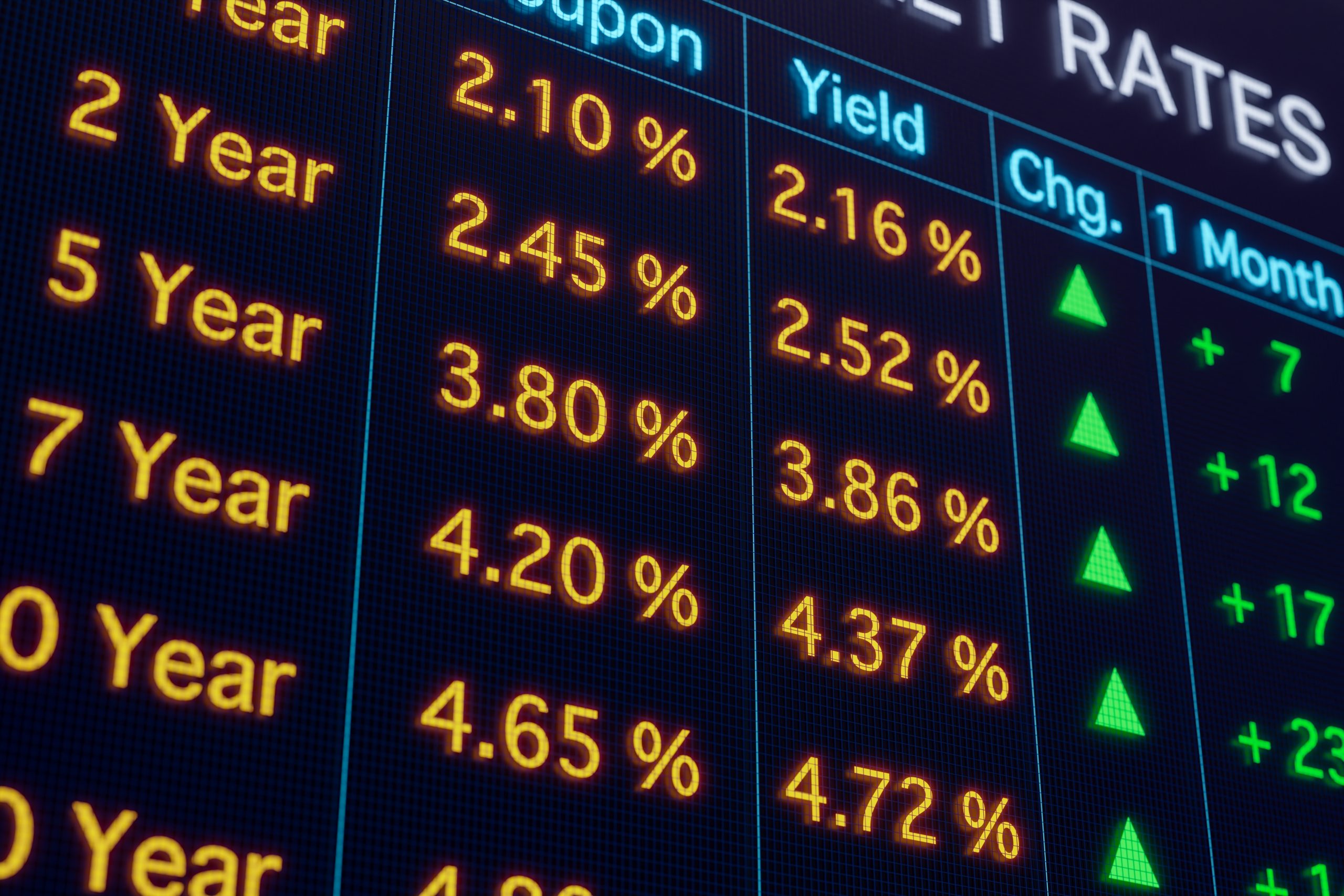Latest Victim of Coronavirus: Investor Complacency

Trading China’s Coronavirus (Part 11)
Coronavirus Updates:
- The estimated number of total global coronavirus infections has risen to more than 84,186 with at least 2,876 associated fatalities
- Approximately 87 of the deaths linked to the novel coronavirus have occurred outside of mainland China (Diamond Princess Cruise Ship: 5; France: 2; Hong Kong: 2; Iran: 34; Italy 21, Japan 5, Philippines 1, South Korea 16, and Taiwan 1)
- There are currently 63 confirmed cases of COVID-19 in the United States (zero fatalities)
- President Donald Trump recently appointed Vice President Mike Pence the leader of a new task force aimed at containing the spread of the coronavirus in the United States
- New outbreaks in Austria, Croatia, Greece and Spain have added to growing worries over the spread of COVID-19
- All the major stock market indices in United States moved into correction territory during the past week (defined as 10% or greater cumulative selloff)
- The VIX closed at its highest level (40.11) since the “flash crash” of 2015
- Brazil recently confirmed its first coronavirus infection, also the first known case in Latin America
- Nigeria confirmed its first case, which was the first reported in sub-Saharan Africa
- Saudi Arabia has temporarily suspended visits to the holy cities of Mecca and Medina
- The Centers for Disease Control and Prevention (CDC) recommended recently that men shave their facial hair because of possible interference with the proper function of face masks and respirators
- Many countries in the Carribean are now turning away cruise ships
Anxiety over the coronavirus has been growing steadily in recent weeks, and that anxiety finally spilled into the U.S. financial markets during the week of Feb. 24, when the Dow Jones Industrial Average tanked more than 1,000 points, only to be followed by a second day of frenzied selling, which trimmed another 800 points off the Dow. All told, the Index lost more than 6% in just two days of trading.
And then came Wednesday, Thursday and Friday.
By the end of the trading day on Friday, Feb. 28, all of the major stock market indices in the United States had officially entered correction territory—defined as a cumulative selloff of more than 10%. The weekly returns for the Dow, the S&P 500, and Nasdaq during the past five trading days were: 12.4%, -11.5%, and -10.5%, respectively.
Based on that data alone, one can safely say that the coronavirus has claimed another victim: market complacency.
After months of slowing grinding higher, the sharp selloff in the major market indices this past week has clearly illustrated that the financial markets do actually represent a two-edged sword: risk and reward. Uncertainty over the ultimate impact of the coronavirus on U.S. citizens and the U.S. economy has served up a sharp reminder of the former.
Theoretically, any given stock’s valuation is at least partially tied to its potential earnings, which is one big reason why rising fears over slowing global growth are starting to push down expectations for corporate earnings in 2020.
Several companies, including Apple and Microsoft, have already warned that 2020 financial projections will be thrown off by the coronavirus outbreak, and that’s with a very limited number of known infections in America. One can only imagine how impaired corporate earnings might get if the number of coronavirus infections in the United States starts to climb significantly.
Of course, there’s also the risk that something bigger and badder is looming around the corner —something that could derail equity valuations to an even greater degree. When uncertainty grows in the financial markets, so do the imaginations of investors and traders.
One scary possibility is that the coronavirus winds its way through human civilization such that it becomes a part of the usual list of seasonal illnesses: the common cold, the flu…and COVID-19.
Should that scenario become reality, it’s almost impossible to predict what might be a “fair” valuation in the S&P 500. One thing that’s relatively certain is that it would be somewhere below “all-time highs,” which is where the three major stock market indices were trading not long before the correction.
While the COVID-19 coronavirus has a mortality rate that has been described as relatively low (2-3%), that percentage still takes on a frightening hue when one calculates 2% to 3% of the entire global population.
Because of this, longtime market participants won’t be surprised that the swift decline in the major American stock indices was also accompanied by a sharp pop in the VIX—popularly known as the “fear gauge.”
The VIX spent much of the last several years trading below its historical average of 18-19, but in a sharp reversal of that trend, this past week saw the VIX climb all the way to 49 and change, before ultimately closing the week just over 40. That represents the highest close in the VIX since the “flash crash” of 2015.
And while Main Street may not be embracing the surge in volatility, longtime investors and traders often view fast-moving markets as some of the best times to take advantage of a wide variety of burgeoning opportunities.
For example, if an investor loved Apple (AAPL) when it was trading $300/share, it’s likely no less attractive when trading $275 per share, especially for those with a longer-term outlook.
Looking at the commodities space, the huge moves in crude oil, gold and natural gas are also offering contrarians a variety of interesting opportunities. Crude oil closed the week down 16%, at $44.76 per barrel.
Last (but not least), short volatility traders were probably thrilled to see the VIX above 30 for the first time since December 2018, even if some existing positions were suffering.
Looking at some of the highlights from the most recent week of trading, it’s also worth noting:
- 10-Year Treasury yields closed at the lowest levels on record (1.13%)
- 30-year Treasury yields closed at the lowest levels on record (1.65%)
- WTI crude oil tumbled to the lowest price observed since July 2017 ($44.76/barrel)
- Gold surged to the highest price observed since 2013 ($1,688.66/ounce)
- The Dow Jones Industrial Average moved into correction territory after only 10 trading days, the fourth-fastest such move in its history (November 1919, December 1928, December 2018)
- The VIX closed the week at 40.11, its highest close since the “flash crash” of 2015
The biggest question relating to the coronavirus narrative going forward appears to revolve around whether “local transmission” is sustained outside of mainland China, or whether the coronavirus clusters that have been popping up in new countries (Iran, Italy, South Korea) can be quickly contained.
For the sake of public health and safety, one would hope it’s the latter.
Regardless, with market uncertainty on the rise, investors and traders need to exercise disciplined risk management tactics in the coming days and weeks to ensure that positions in their portfolios match their outlooks and risk profiles.
Readers seeking to learn more about trading fast-moving markets may want to tune into a new episode of Futures Measures on the tastytrade financial network when scheduling allows.For more information on volatility and historical movement in the VIX, a new episode of Market Measures is also recommended.
Click here to read the entire series on Trading China’s Coronavirus.
Sage Anderson is a pseudonym. The contributor has an extensive background in trading equity derivatives and managing volatility-based portfolios as a former prop trading firm employee. The contributor is not an employee of Luckbox, tastytrade or any affiliated companies. Readers can direct questions about topics covered in this blog post, or any other trading-related subject, to support@luckboxmagazine.com.






















